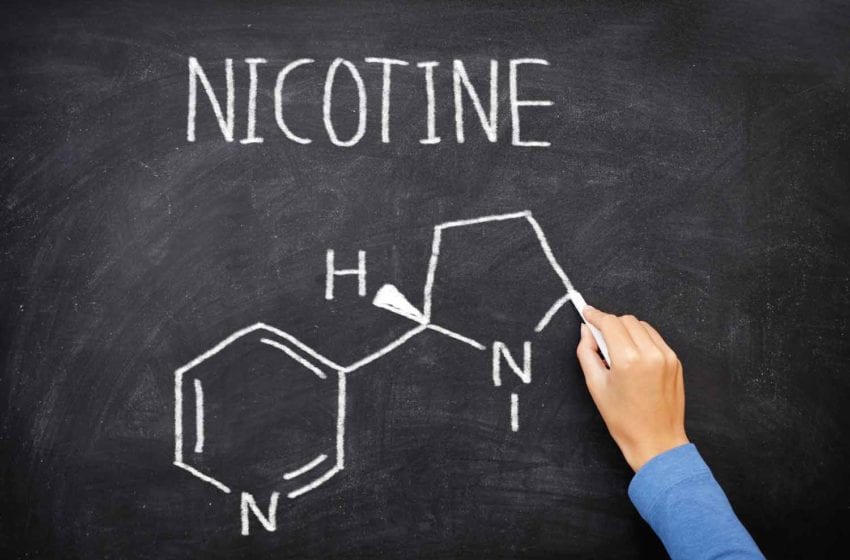
Next Generation Labs has received a European Patent (No. 3209653), for its proprietary technology related to the preparation of R-S isomer nicotine.
“This patent grant by the European Patent Office is a significant milestone for Next Generation Labs, as it solidifies our tobacco-free synthetic nicotine intellectual property portfolio across a number of European countries, allowing the company to better enforce its rights against violators and counterfeiters of its industry leading TFN branded synthetic nicotine,” Next Generation Labs wrote in a statement.
“Alongside our announcement of patent grants in China, Australia, and Canada, and the enforcement efforts of our strategic partner NextEra in South Korea, we are now even better positioned to take direct action against companies violating our patented nicotine production process in an additional 38 countries.”
Next Generation Labs says it was the first company to successfully scale the bulk manufacture of non-tobacco synthetic nicotine for use in novel non-tobacco products, such as vape liquids and pens, in heat-not-burn devices and in many modern oral nicotine products, as well as in innovative pharmaceutical nicotine cessation products.
“Our company believes that consumers have a right to access non-tobacco derived nicotine as a matter of choice,” Next Generation Labs wrote.
“There are many adult consumers who wish to enjoy nicotine, but want to do so without the lingering and potentially detrimental effects of long-term tobacco use. The introduction of TFN branded synthetic nicotine has created a liberating opportunity for consumers, who as a result of Next Generation Labs nicotine technology, are now able to achieve a complete break from tobacco as they enjoy many of the leading brands available on the market today that use TFN.”

















